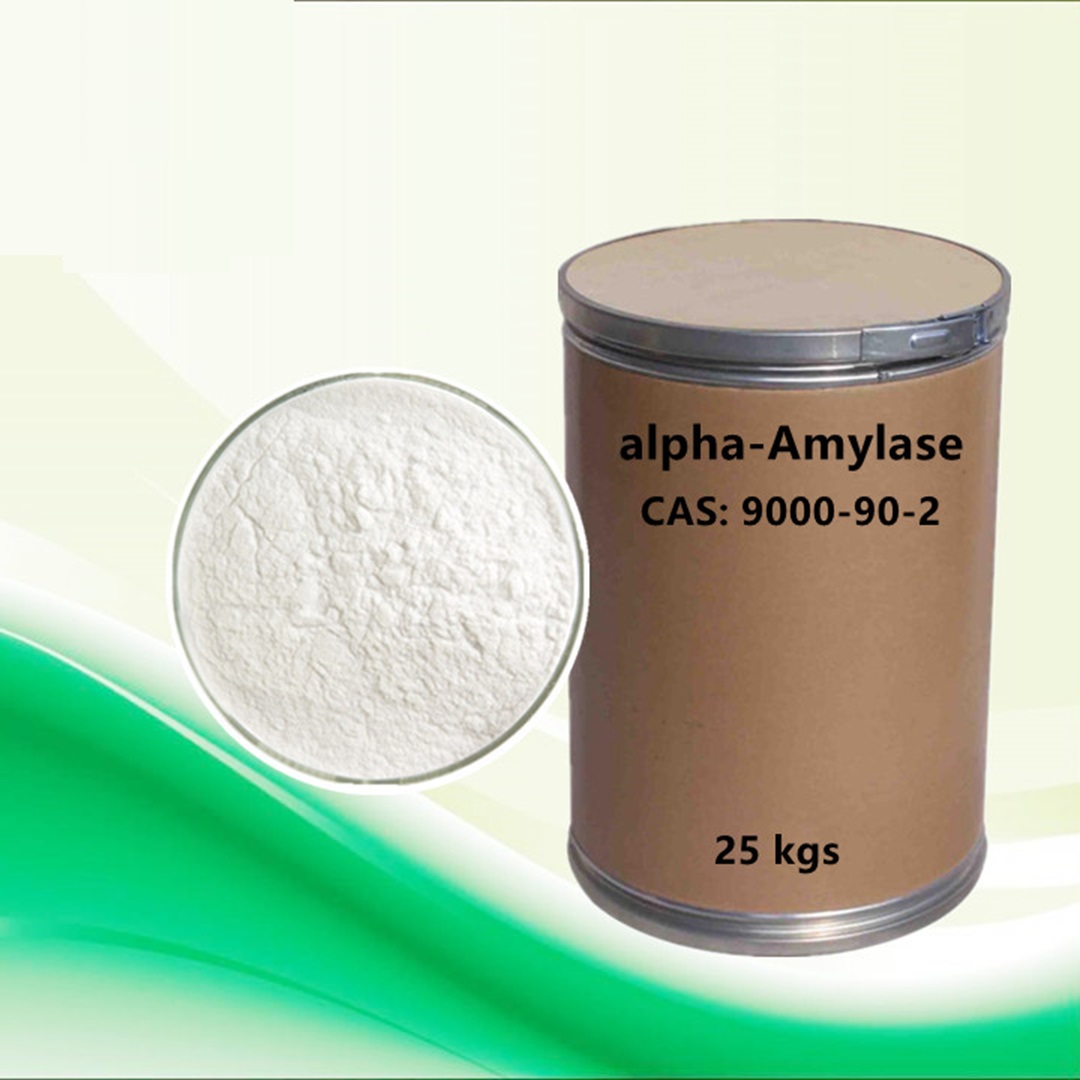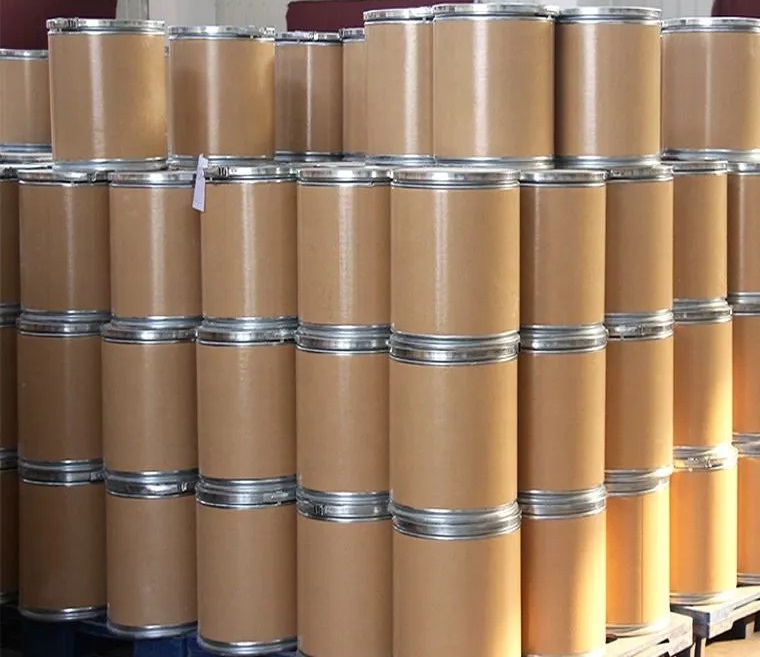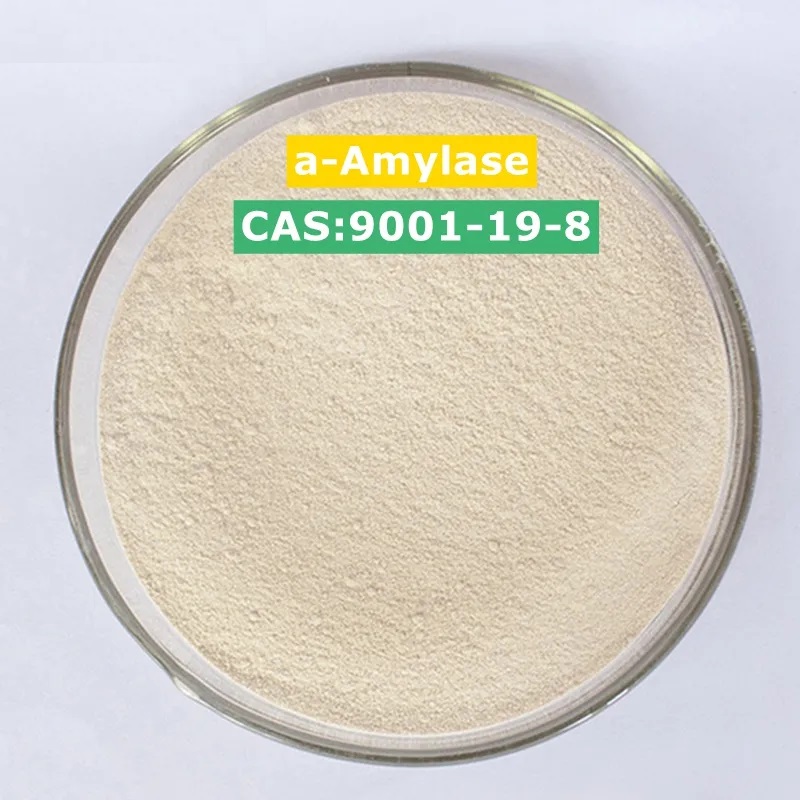We unleash your business potential by maximize the business innovation.
Send EmailFungal Alpha Amylase Enzyme, 9000-90-2, 9000-85-5
These two CAS numbers refer to different forms or sources of alpha-amylase:
-
CAS 9000-90-2 → Typically fungal-derived alpha-amylase
-
CAS 9000-85-5 → Often bacterial-derived alpha-amylase (e.g., Bacillus subtilis)
🧪 Fungal Alpha Amylase Enzyme – Technical Profile
📌 Chemical Identity
-
Common Name: α-Amylase
-
CAS Numbers: 9000-90-2, 9000-85-5
-
EC Number: 3.2.1.1
-
EINECS: 232-565-6
-
MFCD: MFCD00081319
-
IUPAC Name: 1,4-alpha-D-Glucan-glucanohydrolase
⚙️ Physical & Chemical Properties
-
Appearance: Yellow-brown suspension
-
Solubility: Water-soluble (0.1 mg/mL, clear, colorless)
-
Storage Conditions: 2–8 °C
-
Activity Range: 10,000–20,000 U/g
-
Source: Bacillus subtilis, Bacillus licheniformis, fungal strains
🧬 Biological Activity
-
α-Amylase is a hydrolase enzyme that catalyzes the hydrolysis of internal α-1,4-glycosidic bonds in starch, producing glucose and maltose
-
It is a calcium-dependent metalloenzyme, requiring metal cofactors for activity
-
Can be derived from plants (e.g., barley, rice), fungi, bacteria, or genetically modified microorganisms
-
Active across a wide pH and temperature range, making it versatile for industrial use
🏭 Industrial Applications
| Sector | Function / Use Case |
|---|---|
| Bakery | Improves dough sugar release, enhances flavor, volume, softness, and shelf life |
| Brewing | Liquefaction stage: 0.4–0.8 L enzyme per ton of raw material |
| Alcohol Production | pH 5.0–6.0, dosage 0.4–1 L/ton for starch-to-sugar conversion |
| Fruit Juice | Enhances clarity and filtration; dosage 0.02–0.1 L/ton of extract |
| Animal Feed | Boosts starch digestibility, enables use of lower-grade feed, improves productivity |
| Detergents | Used in dishwashing and starch-removal formulations (e.g., Termamyl) |
| Textile | Applied in desizing processes to remove starch-based sizing agents |
🍺 Mash & Fermentation Use
-
Converts cereal starch into fermentable sugars
-
Optimal Temperature: 65–70 °C
-
Dosage: 10–12 g per 10 liters of mash
✅ Functional Benefits
-
Enables enzymatic hydrolysis of starch for glucose/fructose syrup production
-
Replaces acid hydrolysis in starch breakdown
-
Enhances feed efficiency and animal adaptation post-weaning
-
Improves meat and egg yield in livestock
-
Supports clean desizing in textile pretreatment


